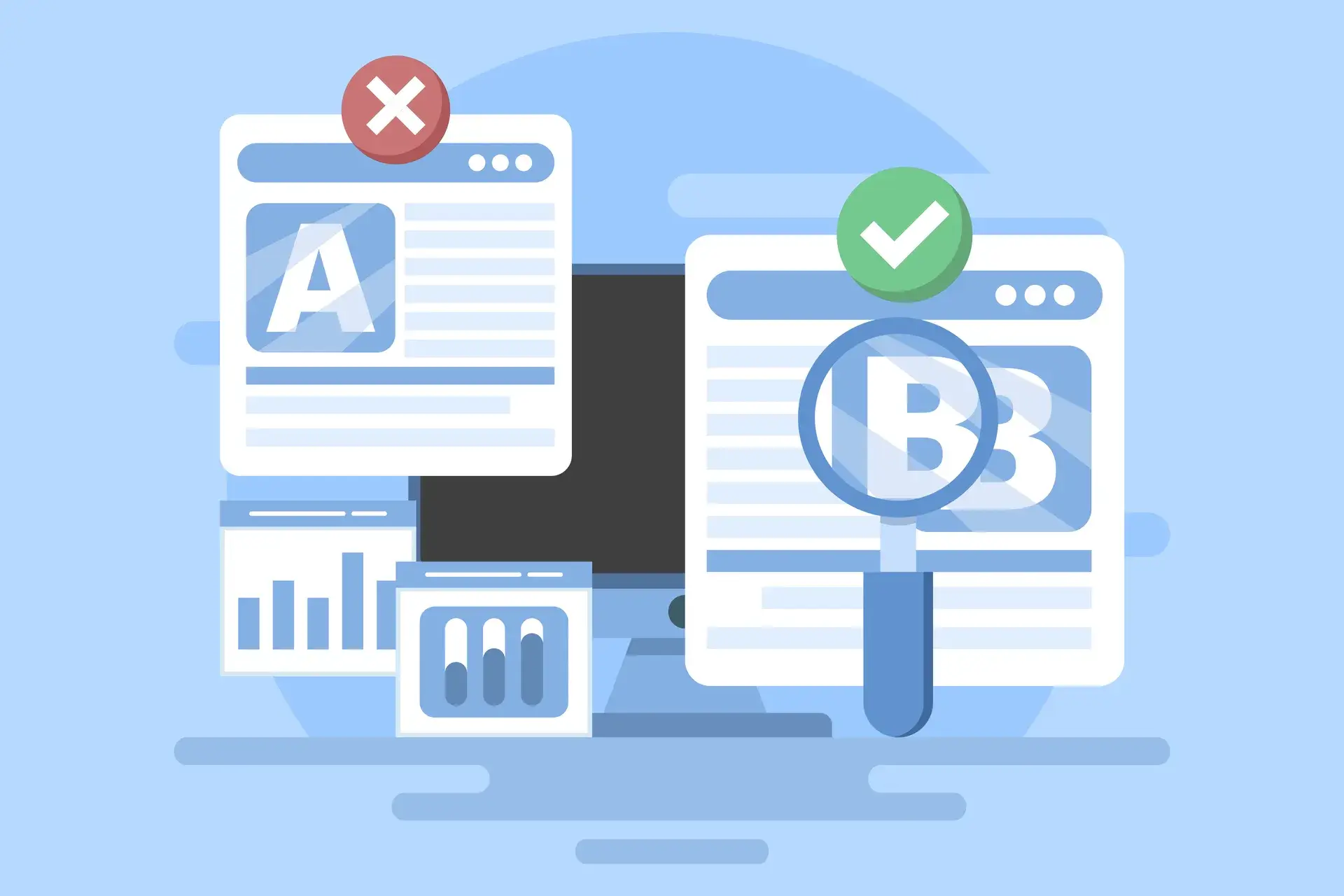In today's competitive market, implementing effective business optimization strategies is essential for improving operational efficiency and driving growth. These strategies empower organizations to streamline processes, reduce costs, and enhance overall performance. In this post, we'll explore actionable business optimization strategies that can help your company thrive in a dynamic business landscape.
Understanding Business Optimization
Business optimization refers to the process of improving various aspects of a business to maximize efficiency and effectiveness. This includes optimizing workflows, resource management, and strategic planning to achieve better outcomes.
1. Analyze Current Processes
The first step in optimizing your business is to thoroughly analyze your existing processes. Mapping out workflows allows you to identify bottlenecks, redundancies, and areas needing improvement. Consider using:
- Flowcharts: Visualize processes to gain better insights.
- Process Audits: Conduct regular reviews of how tasks are performed.
- Employee Feedback: Gather input from staff who handle tasks daily.
2. Implement Technology Solutions
Leveraging technology can significantly enhance efficiency and productivity. Consider adopting:
- Project Management Tools: Use platforms like Trello or Asana to streamline task management.
- Automation Software: Automate repetitive tasks using tools like Zapier or Microsoft Power Automate.
- Data Analytics Tools: Utilize analytics software to gain insights into performance and make informed decisions.
3. Foster a Culture of Continuous Improvement
Encouraging a mindset of continuous improvement within your organization can lead to ongoing optimization. Steps include:
- Training Programs: Invest in employee development to improve skills and efficiency.
- Feedback Loops: Regularly seek feedback to identify potential areas for improvement.
- Rewarding Innovation: Recognize and reward employees who contribute ideas for process enhancements.
4. Focus on Customer Experience
Optimizing business processes also involves enhancing the customer experience. Implement strategies such as:
- Personalization: Tailor products and services to meet customer preferences.
- Responsive Support: Offer multiple channels for customer support to resolve issues promptly.
- Customer Feedback: Actively seek and act upon customer feedback to refine services.
5. Set Performance Metrics
Establishing key performance indicators (KPIs) allows you to measure the success of your optimization strategies. Make sure to:
- Define Clear Goals: Set specific, measurable, achievable, relevant, and time-bound (SMART) goals.
- Regularly Review Performance: Monitor progress against your KPIs to identify areas needing attention.
- Adjust Strategies: Be willing to adapt strategies based on performance data and feedback.
Conclusion
Implementing effective business optimization strategies can lead to significant improvements in efficiency and growth. By analyzing processes, leveraging technology, fostering a culture of continuous improvement, focusing on customer experience, and setting performance metrics, you can position your organization for long-term success. If you're ready to elevate your business, consider partnering with Prebo Digital to explore tailored strategies that enhance your operational efficiency and drive growth.




